When a classic’s top goes down, does its price always go up?
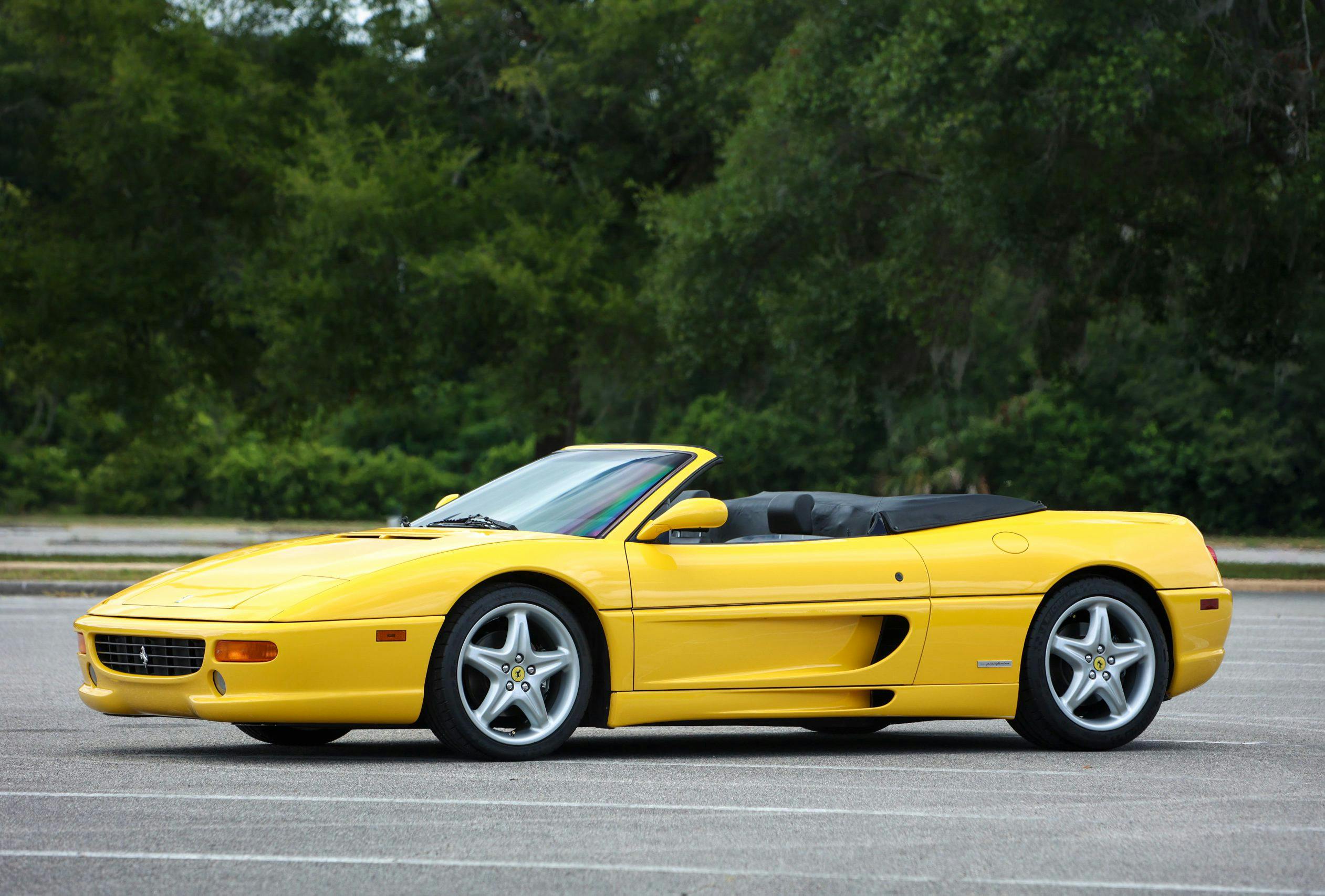
Our recent market rundown of 2+2 coupes provided a new variation on longtime auctioneer Dean Kruse’s proverb of “when the top goes down, the price goes up!” It seems that for the most part, values plummet inverse to inches added to the wheelbase. So, logic prevails—as it largely does with Kruse’s original convertible-versus-coupe aphorism. Largely is the key word—there are some notable exceptions.
What happens when the collector-car market bucks this droptop logic? Some models have us scratching our heads. What makes a selection of fixed-roof cars more valuable—in some cases, significantly so—than their retractable-roof siblings?
We’ll start with the weirdest first. The Ferrari 348 (1989–94) and Ferrari F355 (1994–99) could be ordered in three distinct body styles; coupe, soft-top retractable convertible, and a manual targa roof. Logic dictates that the soft-top would be the more expensive of the second two, right? After all, there are few daydreams more evocative than coastal cruising in an open-air exotic—a sentiment supported by the values of most vehicles in that segment.
Everything goes wonky when you chart the 348 and F355. Sticking with the non-limited “base” 348, the “TB” coupe is the most expensive, followed by the targa-roofed “TS,” and finally by the soft-topped Spider. The F355 value hierarchy is even goofier; the targa-topped GTS commands a not-insignificant eight-percent premium in #2 (Excellent) condition over the Berlinetta coupe.
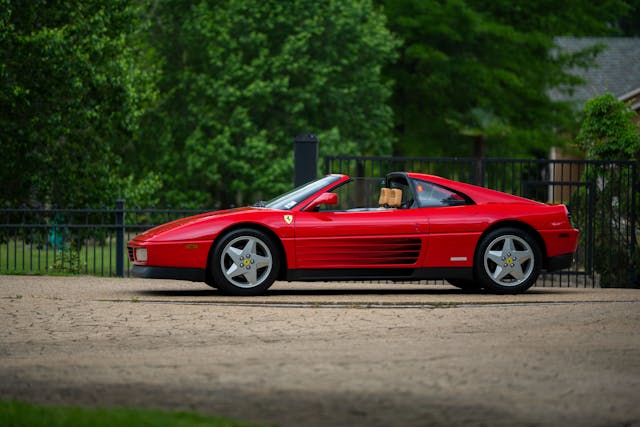
The F355 Spider trails both by a significant margin. It’s down 40 percent against the coupe, and a whopping 53 percent when compared to a GTS in the same condition. You’ll pay an average of $69,000 more for the GTS ($202,000) than for the Spider ($133,000).
Raw data alone can’t explain this discrepancy, so we rang up noted Ferrari expert Colleen Sheehan of Ferraris Online for some insight. The truth is a lot simpler than we expected.
“The tops on [F355] Spiders are really, really bad,” Sheehan tells us during a phone interview. “Even when the Spider’s tops do work, they’re horrendous. You must have the car on, have the doors closed, have the windows down, and then you can try the button and pray to the gods it works.”
We ask her if it’s common for Spider owners to leave the car parked in the garage with the top down, and to drive it only on fair-weather days to avoid the hassle. “Pretty much, and when it’s down all the time, the elastic bands in the top get bent out of shape, and this furthers the issue,” she says.
This drives buyers to search for an open-top F355 as an alternative to the GTS, as the F355’s manually removed roof centerpiece is mostly fuss-free. Simple supply-and-demand comes into effect: “[Ferrari] also simply made more coupes,” Sheehan explains. Sources indicate 4871 coupes, 3817 Spiders, and 2577 GTS before production closed—nearly twice the number of coupes to targas.
Sheehan indicates that supply-and-demand production imbalance is familiar among certain Ferrari models. “It’s funny, since the 308 GTB [coupe] is more valuable since [Ferrari] made so many less of them than the targa-roofed GTS,” she laughs. “Dinos are the same but flipped, as [Ferrari] made more coupes than targas.”
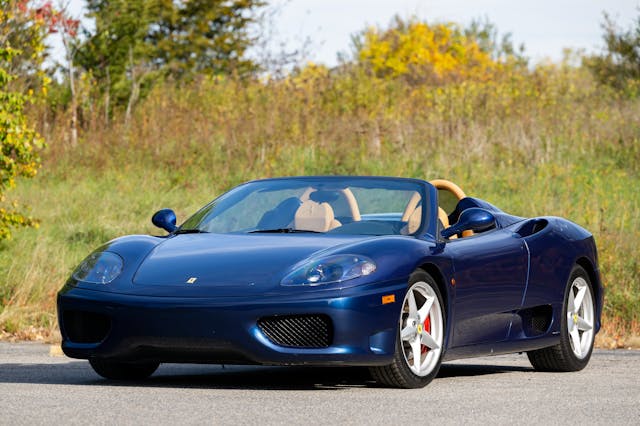
Now, fast-forward to the F355’s successor. The 1999–2004 Ferrari 360 ended production with 8800 coupes and 7565 Spiders built, so the numbers are already in favor of the Spider. Then consider that the 360’s retractable top is far superior to the F355’s, and that there is no targa-roofed example to spread out demand: The 360 Spider’s 48 percent premium fits squarely into the traditional narrative of the collector market. Mystery solved.
Or is it?
A general overview of the collector-car market indicates that yes, anomalies notwithstanding, convertibles do sell for premiums over coupes—up to a point. “Open cars being worth more in the majority of cases is true up through the 1980s, but then there’s a switch to the majority of closed cars being worth more,” says John Wiley, Hagerty’s manager of data analytics.
Wiley posits this shift might come down, at least in part, to the same factors dictating the Ferrari market, and that convertibles from and before the 1970s have lower rates of survival than more modern droptops. And, since air conditioning was less common in older cars—think muscle cars and larger mid-century European tourers—a droptop appeals to more people in a wider variety of climates.
The standout exceptions to Kruse’s saying, Wiley notes, are 1980s-and-newer German and Japanese performance cars, two segments on the rise. Buyers of these cars almost overwhelmingly prefer coupes to any sort of removable or retractable roof. Buyers of Porsches, BMWs, the original Acura NSX, and the Mk. IV Toyota Supra all prioritize the added rigidity and performance cred of a coupe over the open-air experience of a targa or a full-on convertible. It’s only when there are particularly rare or collectible convertible variants when this trend flips. For Porsches, this means going back to earlier production years with soft-window 1967–69 911 Targas and soft-top 356s.
Things return to “normal” with American cars. Our data indicates that, with the exception of the imminently collectible 1963 Chevrolet Corvette “Split-Window” coupe, mainstays like the Mustang, Camaro, and Corvette are generally worth more as convertibles.
All this to say:
“When the top goes down, the price usually goes up!”
***
Check out the Hagerty Media homepage so you don’t miss a single story, or better yet, bookmark it. To get our best stories delivered right to your inbox, subscribe to our newsletters.
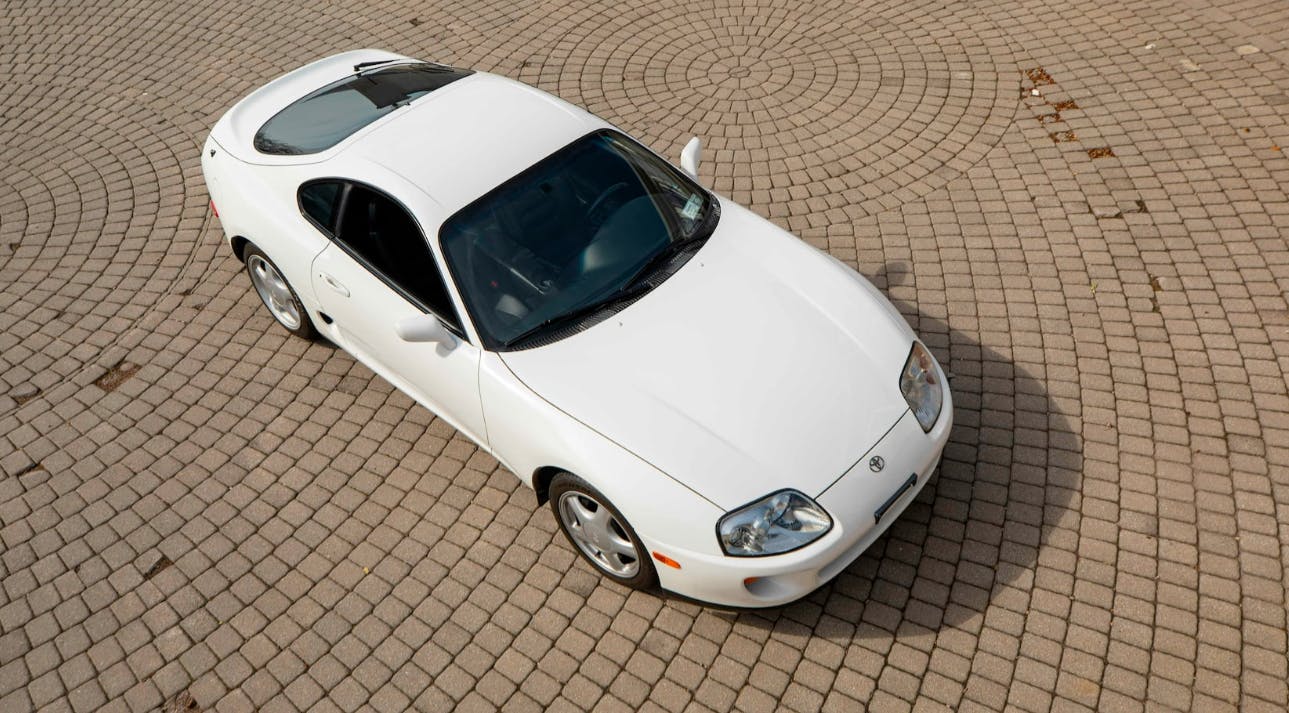
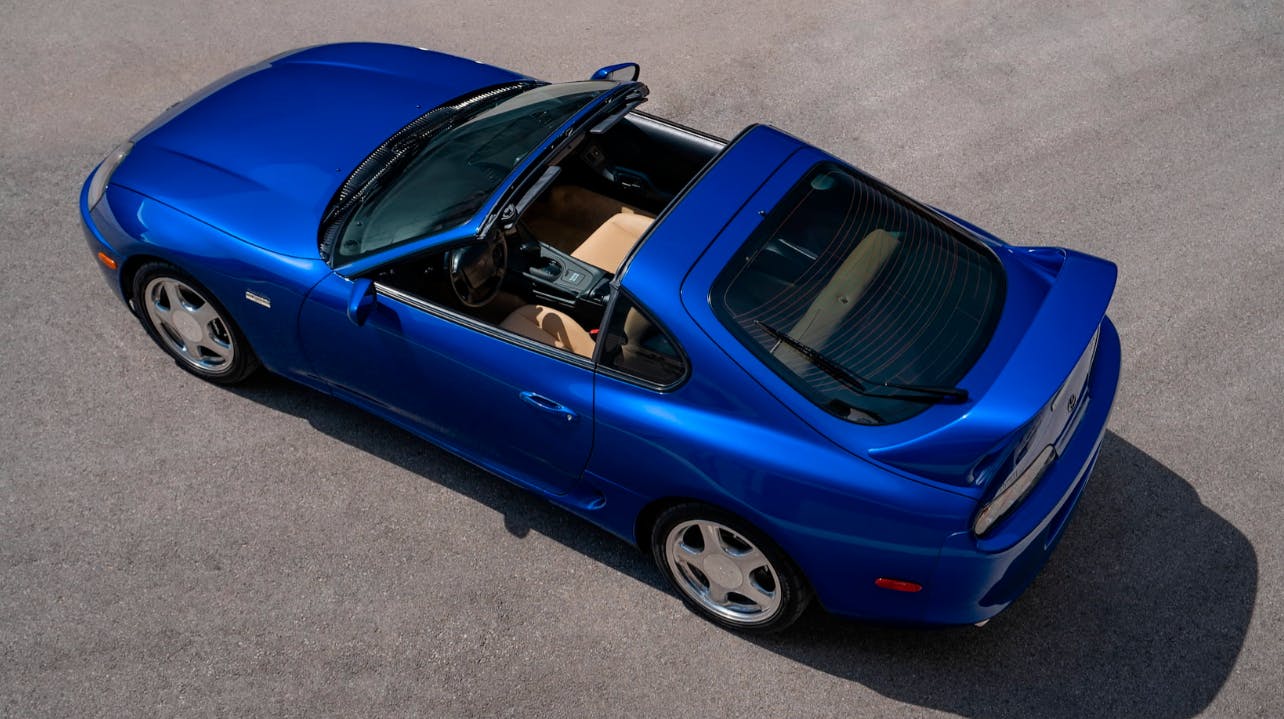
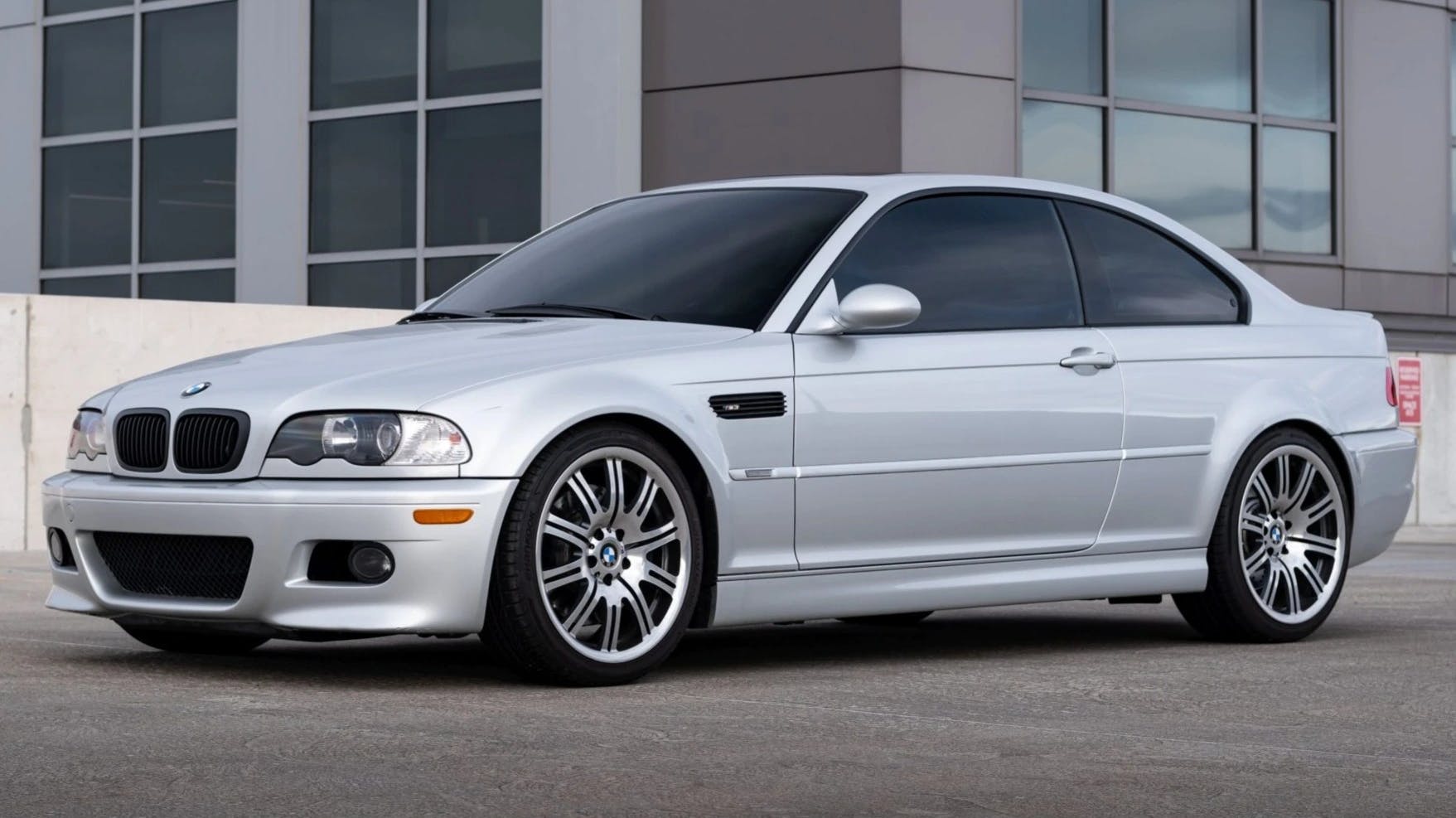
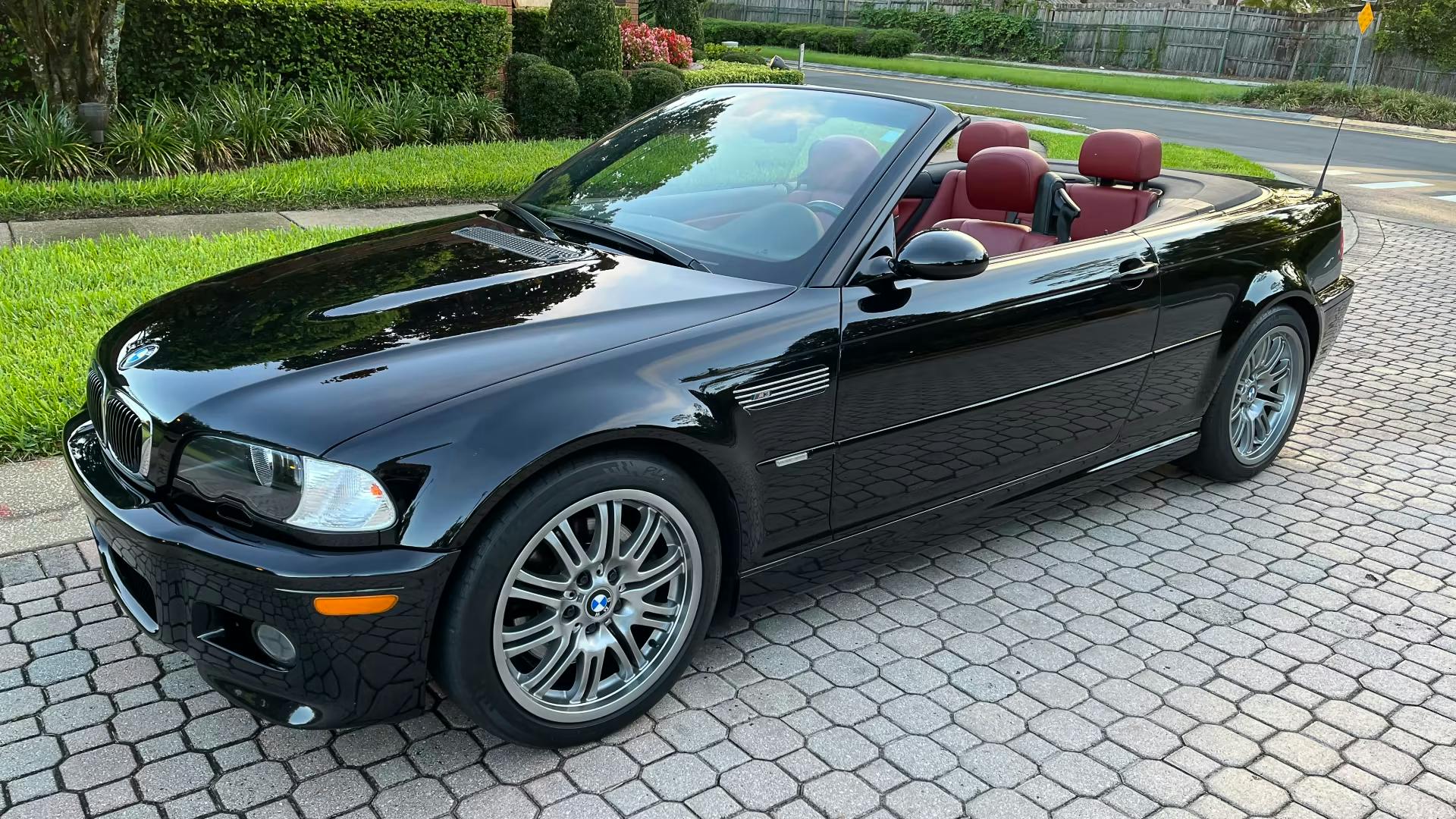


I prefer a coup over a convertible almost every time. A targa or solid roof both work for me even though I will rarely use the targa top.
The most obvious of all is the 1963 Corvette Coupe vs its convertible counterpart.
I’ve owned a targa top 1997 Supra Turbo since new in 1997. I’ve probably only driven it with the targa off two dozen times. It loses a lot of rigidity and feels like a wet noodle without it. That’s why the rate hard tops are sought after.
For many of us, convertibles rule, regardless of higher or lower value. Targas, T-Tops, and panoramic moonroofs are nice, but there is no substitute for wide-open.